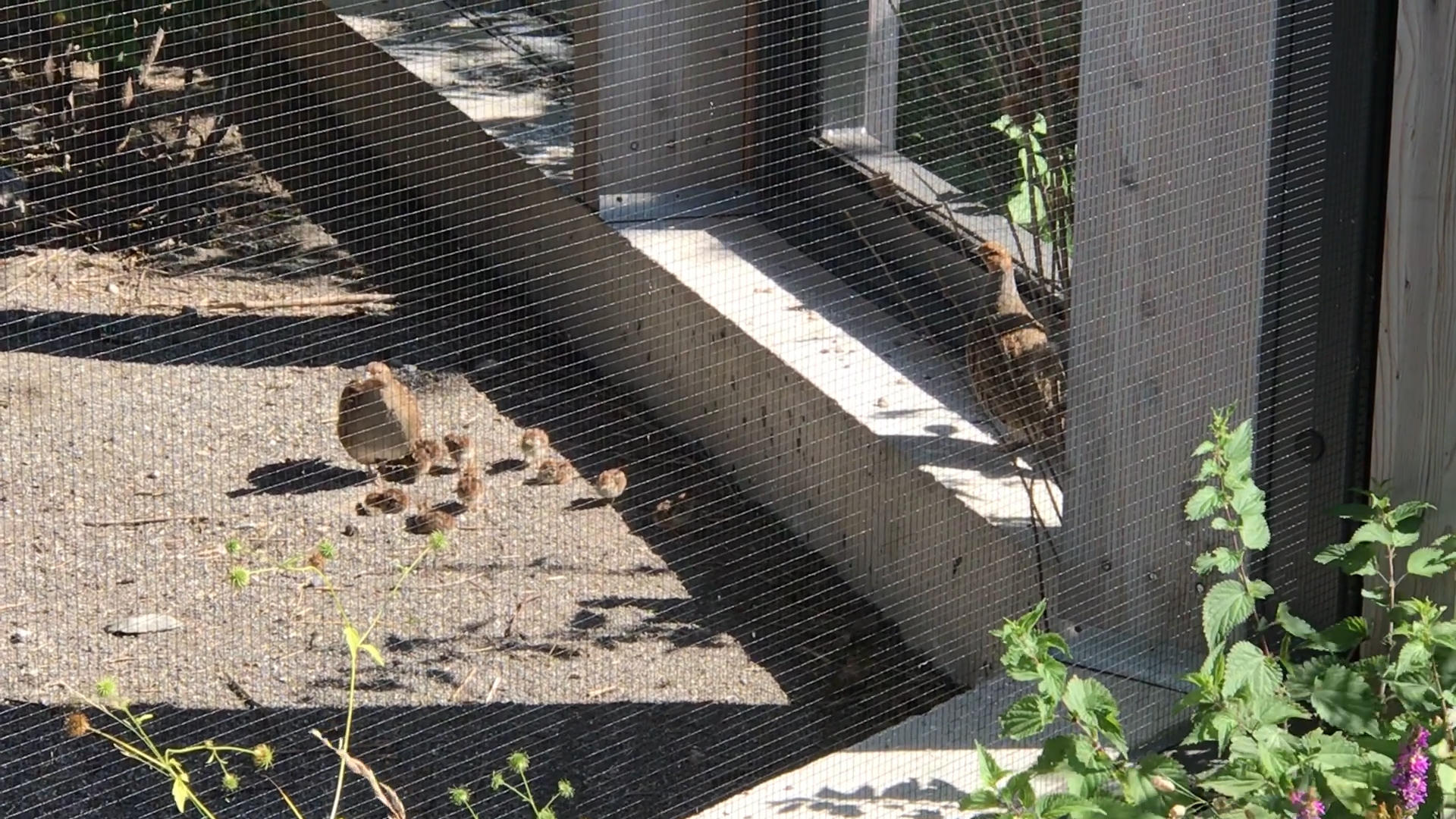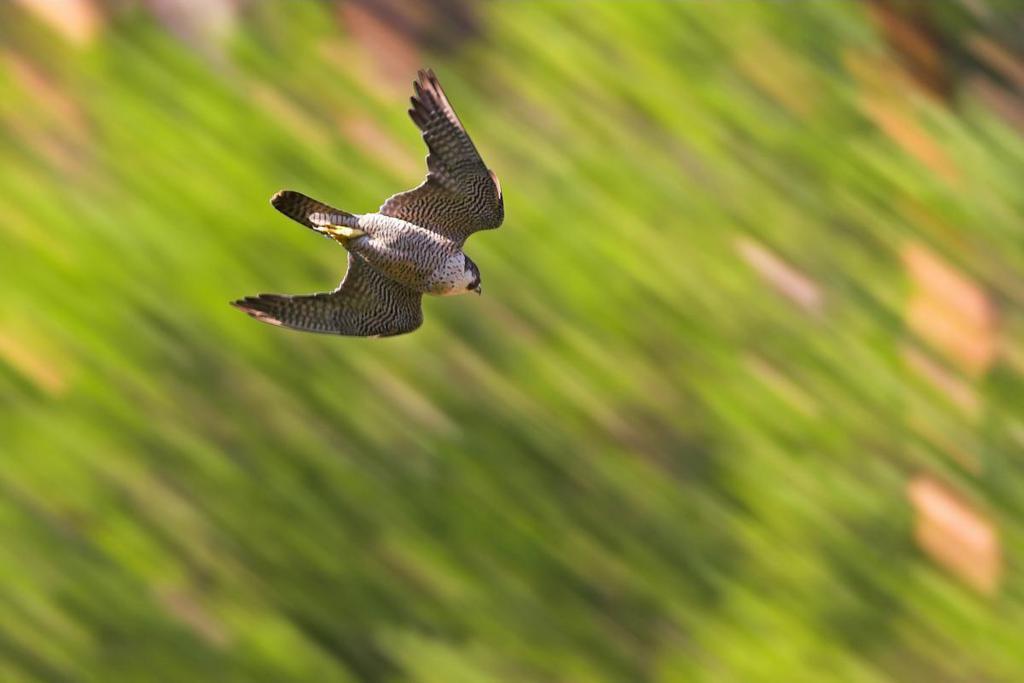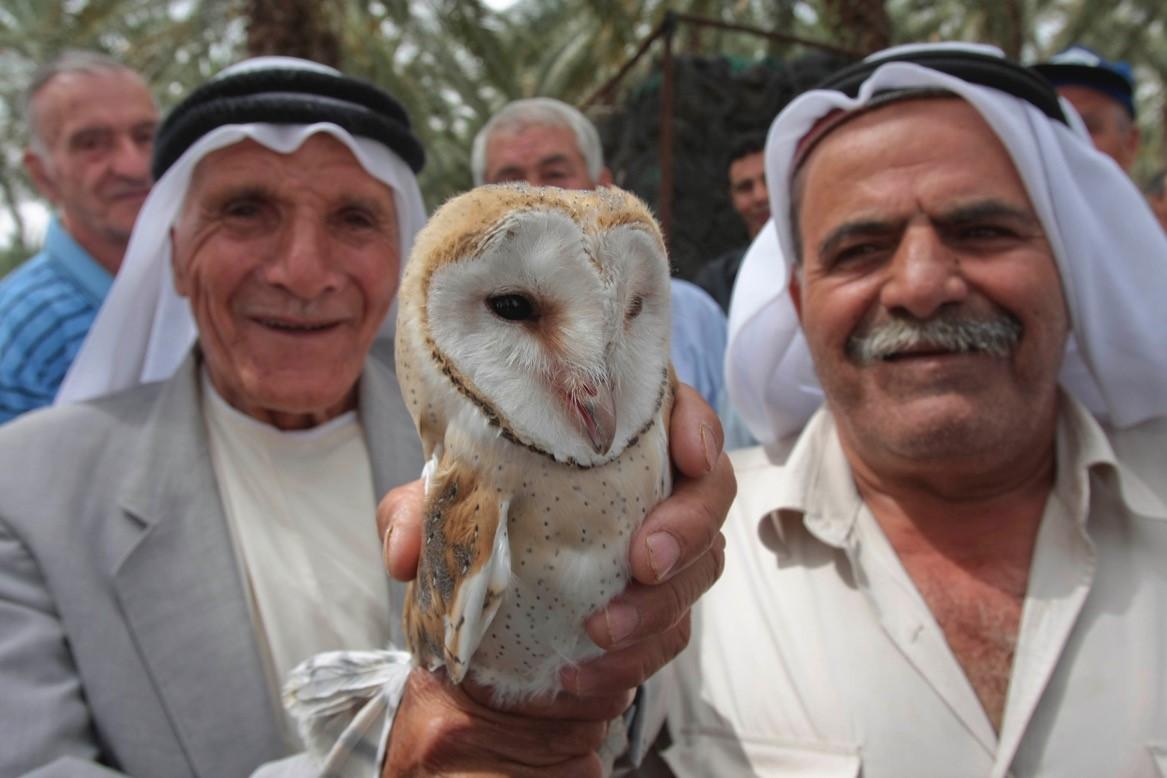Making Switzerland a better place for birds

If you’re a crested tit in the woods, Switzerland is a great place to live. But if you’re a skylark you’re in trouble – mainly because of intense farming. The Swiss Ornithological Institute wants to improve habitats for all birds.
“It’s too tidy here; we get rid of small stones, trees and hedges because we don’t like to ‘waste’ any land,” says Sophie Jaquier, a biologist at the Swiss Ornithological InstituteExternal link. She’s referring to Switzerland’s limited space for settlements, industry and agriculture. In addition to reducing the living area for birds that nest near the ground, this means less breeding ground for insects – essential for the diets of most birds. The use of pesticides and also herbicides is making it worse. “Insects need these ‘weeds’,” points out Jaquier.
And while Swiss woodland birds are doing well thanks to growing forests and deadwood, species that live in agricultural zones are losing out.

“Skylarks, for example, breed on the ground, and they like medium-high, medium-dense vegetation,” says Jaquier of the brown songbirds whose numbers have plummeted by a third since 1990.
Alpine species, meanwhile, are stable, though climate change is expected to reduce the numbers of rock ptarmigan, Alpine accentor and snowfinch. The institute sees this as especially problematic because Switzerland hosts a large share of the European populations of these birds.

More
Three out of eight Swiss bird species endangered
Overall, some 40% of Switzerland’s breeding species are threatened and on the red listExternal link mainly due to loss of habitat.
“Despite our warnings, the political situation has not changed in the last 20 years,” says Jaquier of the increasingly dire situation of so many birds living in Switzerland. “The Swiss agricultural system is too intense. It has to become more nature-friendly in terms of the use of resources.” The institute, mostly dependent on private donations, focuses on conservation and research rather than politics. That’s the domain of lobby group BirdLifeExternal link, a partner. “We’re very complementary.”
Both stakeholders have helped to improve prospects for vulnerable species. BirdLife, for example, has been especially active in recent efforts to boost Swiss biodiversity. The northern lapwing now has a local population of over 200 breeding pairs thanks to the Swiss Ornithological Institute’s efforts to support farmers in finding and marking nests in their fields over the past two decades. Federal funding has made it possible to circle the nests with electric fences to help keep predators like foxes at bay.
Shoeboxes of swifts
The institute, located just off the reed-rimmed shores of Lake Sempach near Lucerne, is comprised of research, visitor and care centres.
There is plenty of safe living space and food both in the aviaries on display as well as within the care station serving injured and orphaned birds. Between 1967 and 2017, it handled nearly 30,000 cases. Last year it was over 1,200 – about half of them nestlings, with 80 bird species represented. Over 700 recovered and returned to the wild.
There are several shoeboxes full of common swifts, whose inability to sweat proves hazardous in the heat.
“They get too hot in their nests up under the rooftops, and when they try to catch a breeze at nest’s edge, they fall out,” explains Vreni Mattmann, head of the care centre. It’s often impractical or even impossible to put them back. Hand-rearing them takes about six weeks, and they need to be fed eight to ten times per day. Bowls full of leg- and lifeless crickets stand ready.
For other guests, the menu includes various larvae and seeds, plus a plump field mouse – dinner for a convalescing crow. A professional mouser provides kilos of dead rodents for the larger birds, including buzzards. In winter, especially, the station receives many of these raptors when snow makes it hard for them to find food.
A state-of-the-art museum – recipient of the 2017 European Museum of the Year Sustainability Award – rounds out the offer at the centre. The chance to see birds on display at the institute’s visitor centre helps spark enthusiasm for wildlife, especially among the next generation. A popular activity for schoolchildren is dissecting raptor pellets to see what the birds have been eating.
“It’s smelly and gross but the kids love it,” laughs Jaquier. On this sunny day, visitors are cooing over the cute factor of a grey partridge family in a large aviary. Critically endangered in Switzerland, there are only five to ten pairs today; 50 years ago, there were still several thousand.

More
Grey partridge family
Jaquier urges people to help make a difference by choosing insect- and bird-friendly products that foster biodiversity – whether it’s food or garden supplies.
“Stop using pesticides and opt for a more natural look. But your garden doesn’t have to be a jungle; it can still be well-groomed,” she says with a smile.
Switzerland is home to about 220 breeding bird species – but at any given time, over 400 might be spending time – either for an extended seasonal visit or for a short stopover during migration. The Swiss Ornithological Institute maintains a detailed online databaseExternal link of all of these birds, including photos and audio clips. Known as the Vogelwarte in German, it was founded in 1924. Its focus areas are monitoring birds, ecology and migration research, bird conservation and informing the public.

More
Where have all the birds gone

In compliance with the JTI standards
More: SWI swissinfo.ch certified by the Journalism Trust Initiative













You can find an overview of ongoing debates with our journalists here . Please join us!
If you want to start a conversation about a topic raised in this article or want to report factual errors, email us at english@swissinfo.ch.